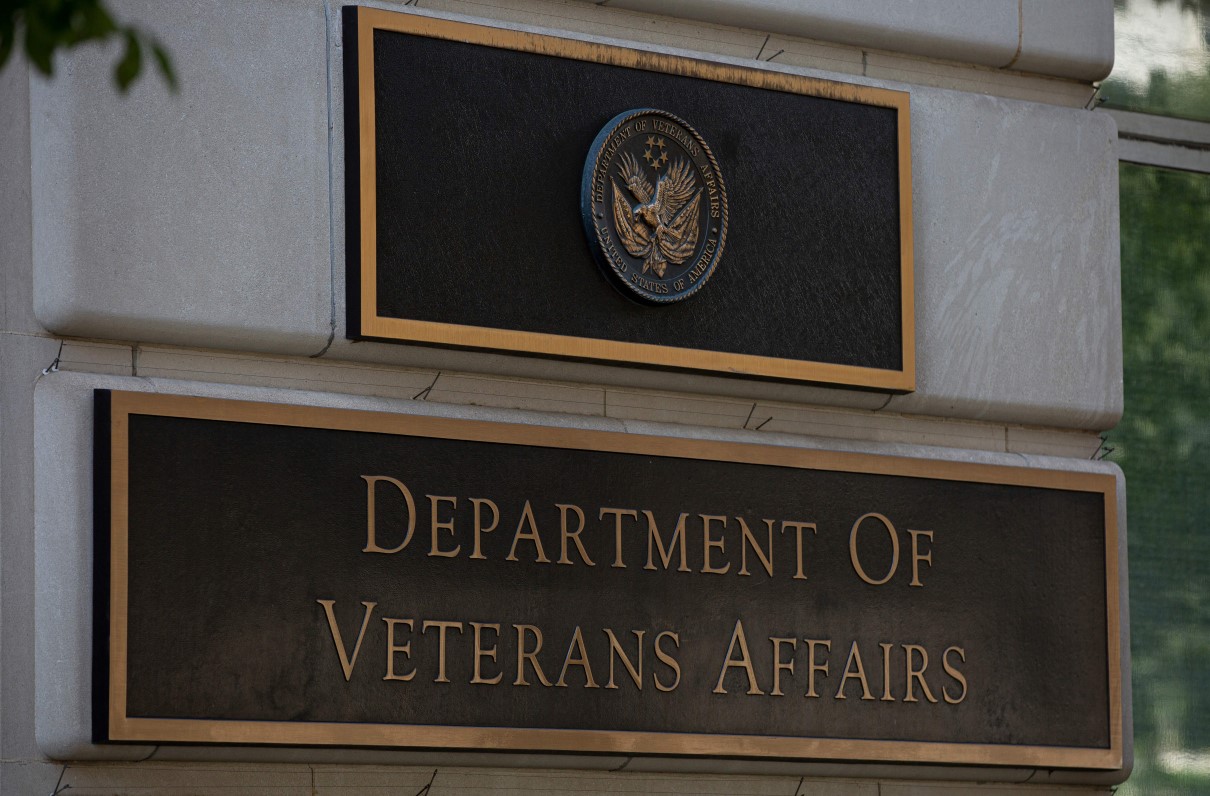By Amber Monks and Kevin Lilley
The White House’s FY 21 VA funding proposal would add more than $22 billion to the department’s budget over the current fiscal year – a move that includes increased funding for several programs championed by MOAA in recent years, and continues almost a decade of funding for VA modernization.
The $243.3 billion budget is 10% more than the $220.7 billion enacted in FY 20 and comes in a proposal that includes level or reduced funding to many other federal agencies. Among the programs that would benefit from the increased funds:
- About $90 billion in medical care funds, an increase of 12.9% from last year’s enacted level. These include $1.3 billion for telehealth programs, $10.3 billion for mental health care, $1.9 billion to fight veteran homelessness, and $626 million targeted toward women’s health – a key part of MOAA's 2020 legislative mission. As in previous years, MOAA remains concerned that VA foundational medical programs are adequately resourced and medical funding is not redirected to community care programs at the detriment of VA’s direct health care system.
- $137 million to address an expected 70,000 claims and appeals from “Blue Water Navy” veterans – those who served off the coast of Vietnam and recently became eligible for benefits connected with exposure to Agent Orange and other toxins. MOAA was one of 18 veteran and military service organizations that asked Congress to provide “suitable resources” for the processing of these claims connected to the Blue Water Navy Vietnam Veterans Act. To date, the VA has received more than 14,000 claims, per budget documents, and has paid $7.5 million in retroactive benefits to 218 veterans and survivors.
[RELATED: Here’s How Blue Water Navy Veterans, Survivors Can Claim Benefits Under New Law]
- $1.2 billion in caregiver support, up nearly $500 million from the previous enacted budget. Much of the increase is earmarked for when the VA Program of Comprehensive Assistance for Family Caregivers (PCAFC) is expected to expand to veterans seriously injured in the line of duty prior to Sept. 11, 2001, likely sometime this summer. The PCAFC now covers only those injured on or after that date. MOAA has supported a range of caregiver programs, including the PCAFC changes that were part of the 2018 MISSION Act.
[RELATED: MOAA and the Elizabeth Dole Foundation Present Tips for Lifelong Caregiving]
- $4.9 billion for information technology improvements, with $309.4 million of that money earmarked for MISSION Act improvements. In addition, the budget calls for $2.6 billion to continue work on creating a seamless electronic health record that would follow service members from their time in uniform through their care under the VA.
- $360 million for the National Cemetery Administration (NCA), to support 156 national cemeteries and the expanding Veterans Legacy Program, a remembrance effort founded in 2016.
The proposal also includes a “round-down” of veterans’ cost-of-living adjustments (COLA), a regular practice through the early 2000s that, if restored, would save the VA more than $2 billion over the next 10 years. The move has been proposed in recent VA budgets but not enacted because of pushback from MOAA and other veterans organizations. In 2017, MOAA’s congressional testimony pointed out that once in place, the round-down likely would be extended for future 10-year periods, possibly costing disabled veterans $2,000 over a lifetime.
While we recognize the fiscal pressures Congress is under, MOAA considers it our obligation as a leadership organization to do what is right for veterans and their families, and to do all we can to make them as whole as possible as they live out their lives once they take off the uniform. As such, we oppose decisions that erode foundational services and benefits delivered through the VA or decisions that degrade health care and benefits.
Learn more about the proposed VA budget at these links:
